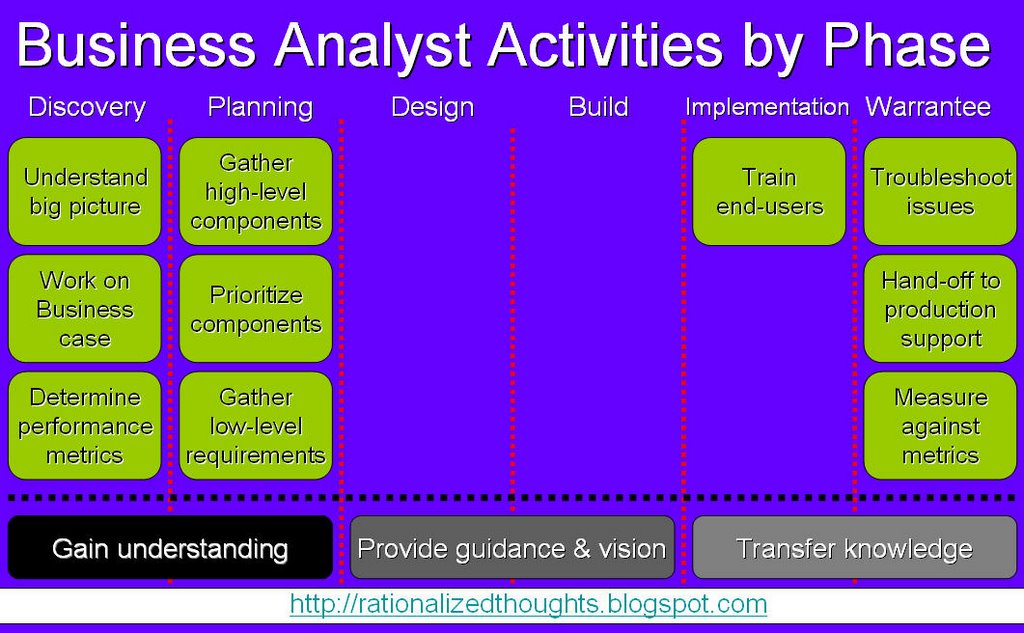(Q). What is the role of a Test Analyst in different phases of sdlc?
Software Testers are involved in identifying test conditions and creating test designs, test cases, test procedure specifications and test data, and may automate or help to automate the tests.
Requirement: Tester understands the requirements and analyse the requirements and also checks whether given requirements are testable requirements or not. If the tester finds any defects in requirements, the tester directly reports those defects.
Design Phase: In this phase, the tester identifying high-level test Condition and test cases for given requirements and develops test scenarios and test cases and preparing test data if necessary.
Build Phase: In this phase, tester do the static testing like design review, test cases review, checking we cove all requirements or we miss any requirements.
Testing Phase: In this phase actually we execute the test cases, log results and if any test case is failed we have to report the defect using any defect management tool after fixing those defect again retest those defect to ensure that the defect is fixed or not. If not again reopen the defect. After finishing all test cases our test manager will sign off on the testing.







